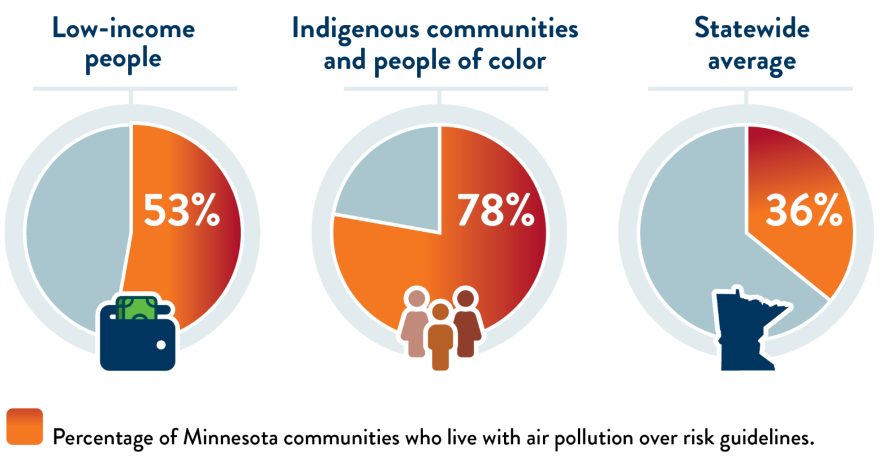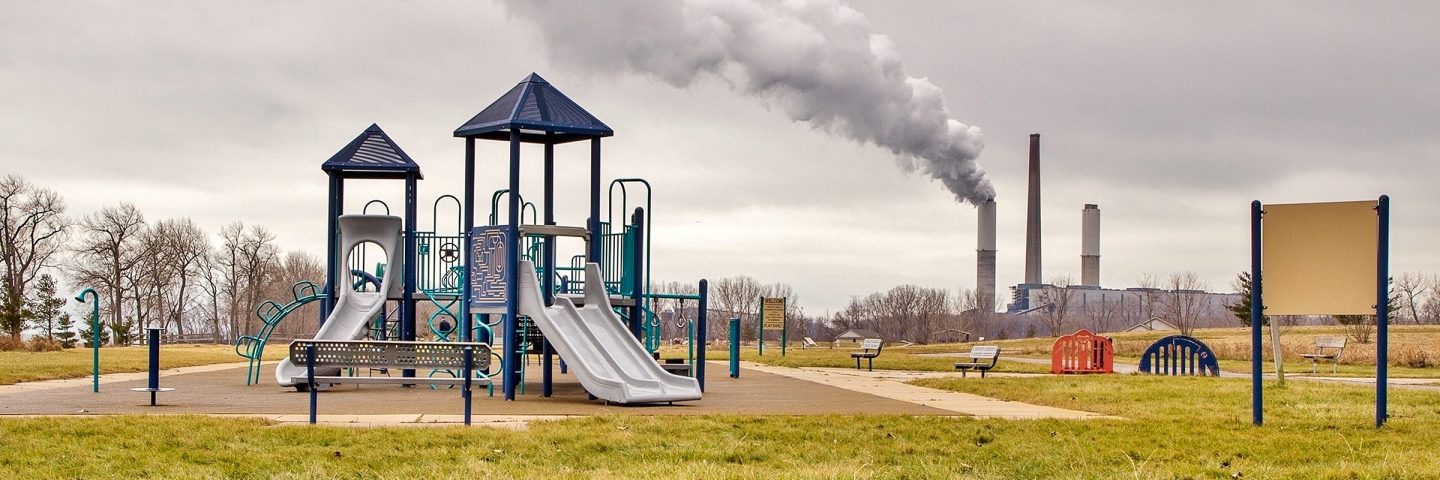Every Minnesotan — regardless of income, race, ethnicity, color, or national origin — has the right to healthy air, sustainable lands, clean water, and a better climate. Unfortunately, too many people, especially low-income communities, communities of color, and Indigenous people, bear the disproportionate impacts of pollution and climate change. The MPCA focuses on developing strategies to reduce pollution and health disparities in communities most at-risk.
Prioritizing environmental justice
The MPCA is committed to environmental justice, the fair treatment and meaningful involvement of all people, regardless of race, color, national origin, or income, concerning the development, implementation, and enforcement of environmental laws, regulations, and policies. We're committed to making decisions that do not place disproportionate pollution burdens on these communities.
We use environmental justice principles when reviewing and issuing grants to reduce pollution and improve air quality. Environmental justice is part of our decision-making process when writing new or renewal permits for facilities. In some cases we increase air quality monitoring and provide additional scrutiny of emission sources. These principles are the foundation when developing new regulations and conducting enforcement actions.
Early involvement in decision-making
To most effectively reduce pollution risks and impacts on communities, people must have the opportunity to participate in decisions that may affect their environment and health. The public’s feedback and concerns can influence the regulatory process and the agency’s decisions. We identify and remove barriers to ensure more voices have a role in environmental regulations and decision-making. The MPCA also encourages industries and facilities seeking permits to engage in an open, authentic dialogue with impacted communities.
Better data leads to better results
Many studies demonstrate that low-income neighborhoods and communities of color have higher potential exposures to outdoor air pollutants and have more sources of pollution. In addition, the social, economic, and health inequities that these populations face can make them more vulnerable to the effects of air pollution. For instance, 36% of all communities in the state have air pollution-related risks above health guidelines. However, in low-income communities, the number is 53%. In communities of color, it’s 78%.
Seventy-six out of about 2,000 facilities in Minnesota have modeled risks above guidelines. Only about 6% of communities in Minnesota are near one or more of these facilities. However, 14% of communities of color, which include Indigenous peoples, and 9% of low-income communities are located near one or more of these facilities.

